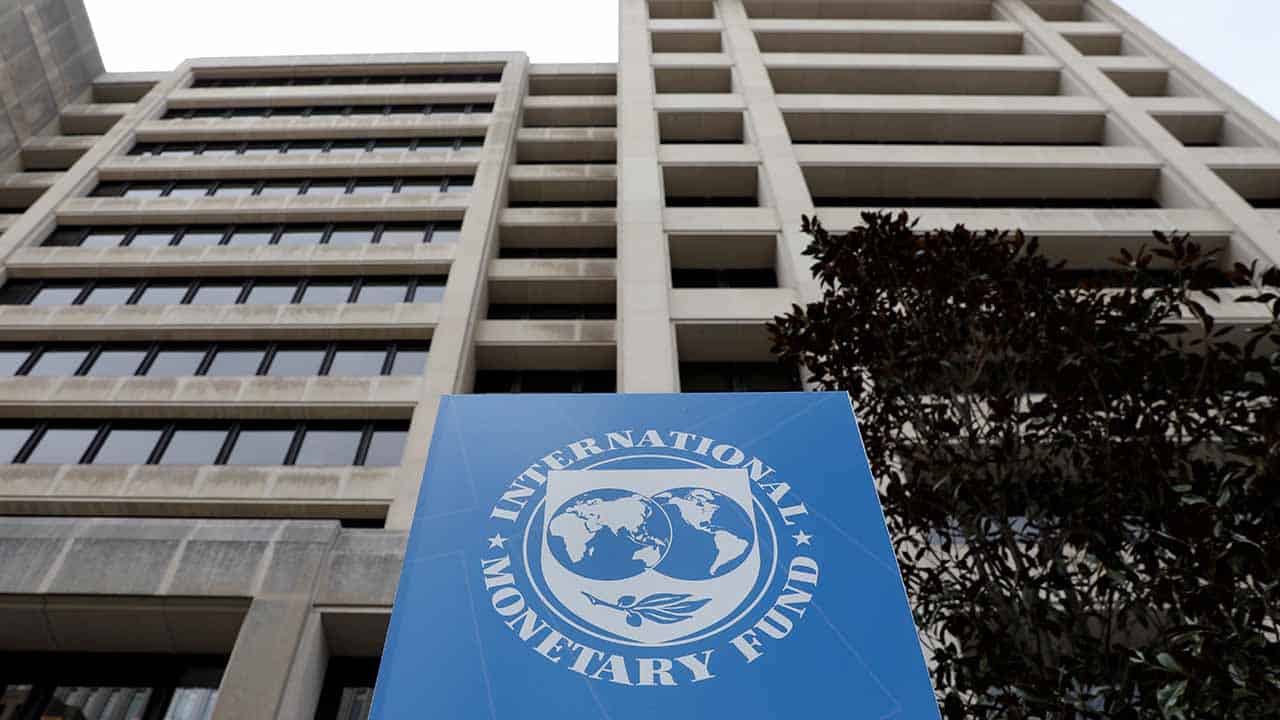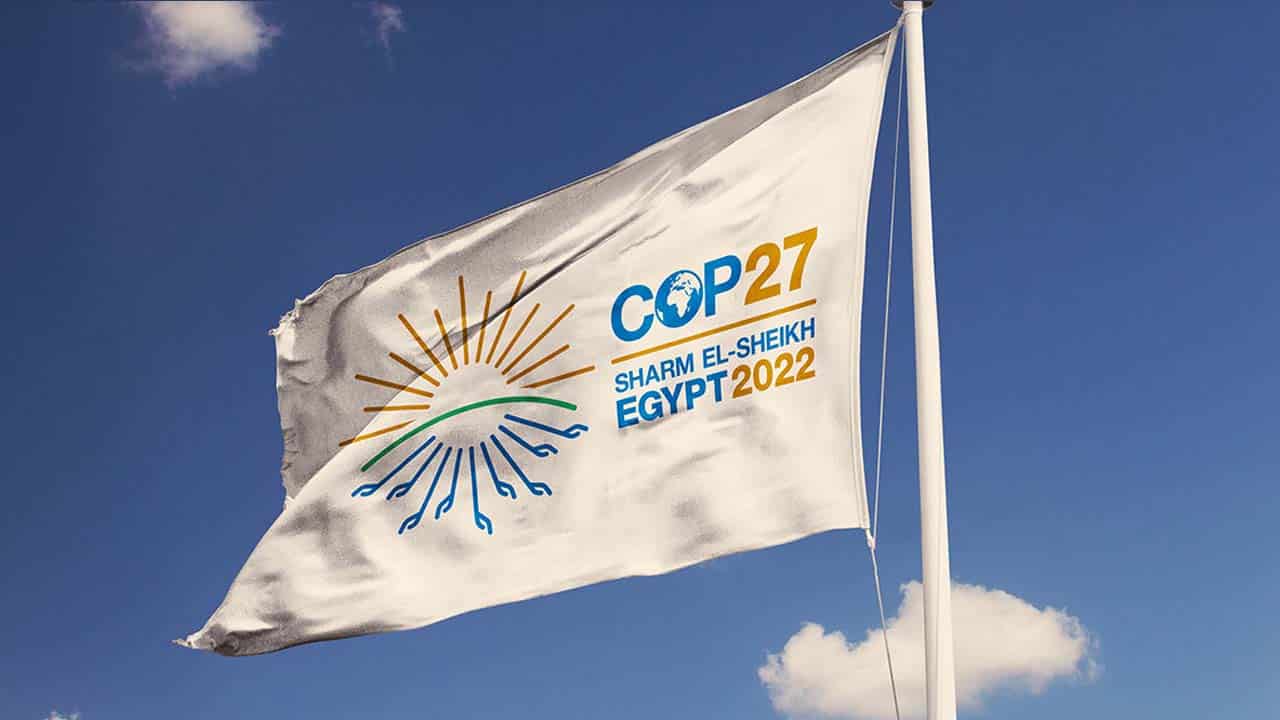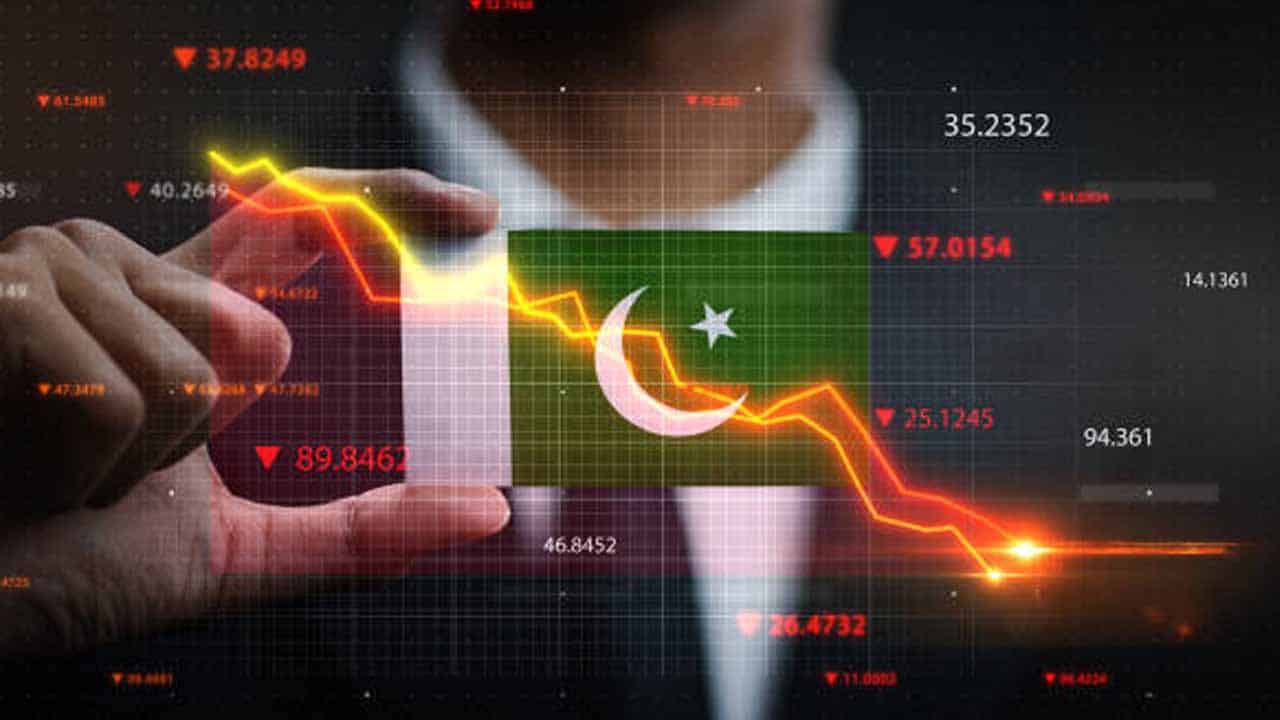Pakistan’s complex relationship with the International Monetary Fund (IMF) spans several decades. Starting with a tentative approach in 1958 and a more committed engagement in 1980, Pakistan has participated in the Extended Fund Facility (EFF) nine times, completing eight programs successfully, and earning a reputation as a responsible player in the IMF’s realm. However, political upheavals, regime changes, and disastrous floods derailed the ninth review, souring the relationship with the lender of last resort. Now, Pakistan bears the brunt, grappling with currency depreciation and the need to meet the IMF’s demands to secure funding. With hectic efforts from PDM led govt, a staff-level agreement has been sealed, and once the IMF board gives its formal nod, Pakistan will breathe a sigh of relief, bidding farewell to its financial troubles at least for the time being.
In a statement, Mr Porter, the IMF representative, expressed his delight, sharing that the IMF team had struck a staff-level agreement with Pakistani authorities for a nine-month Stand-by Arrangement (SBA), totaling $3 billion. This fresh SBA builds upon Pakistan’s efforts under the 2019 EFF-supported program, set to expire by the end of June. The agreement awaits the IMF’s Executive Board’s approval, anticipated in mid-July.
The Stand-by Arrangement (SBA) presents both boons and banes for Pakistan:
Pros of SBA:
- The risk of default has substantially diminished.
- Pakistan’s foreign exchange reserves will experience a boost.
- Immediate relief arrives as the ill-fated ninth EFF concludes on June 30, 2023. Pakistan has
bridged the trust gap with the IMF through proactive measures, such as embracing budget proposals and hiking key interest rates. - A $3 billion injection over nine months will undoubtedly restore investor confidence, triggering a positive response in the Pakistan Stock Exchange. Furthermore, Foreign Direct Investment is expected to rebound.
- The new SBA supports the Pakistani authorities’ ongoing efforts to stabilize the economy, countering recent external shocks.
- Pakistan can confidently negotiate with multilateral and bilateral partners while maintaining macroeconomic stability.
- The fresh SBA creates opportunities for social and developmental spending by bolstering domestic revenue generation and practicing prudent expenditure management to address the needs of the Pakistani populace.
- Implementing unwavering policies holds the key to overcoming present challenges, including reinforcing fiscal discipline.
- The caretaker government and newly elected officials will receive a comprehensive roadmap for economic stabilization.
- Market-driven exchange rates will absorb external pressures, while further reforms in the energy sector will foster climate resilience and improve the business climate.
- Pakistan’s Eurobonds, particularly short-term bonds, are projected to continue their upward rally. Positive signs have also emerged for Pakistan’s 2024 Bond.
Cons of SBA:
Despite the favorable IMF developments, certain drawbacks directly impact the average Pakistani
citizen:
- Prerequisite measures may fuel inflation by increasing power sector tariffs and fuel prices.
- While a floating USD exchange rate offers temporary respite for the Pakistani Rupee, long-term solutions should prioritize augmenting dollar inflows through trade-related measures rather than relying on loans.
- Escalating debt repayments will curtail public welfare spending.
- Excessive reliance on the IMF might undermine Pakistan’s standing on global issues.
- Interest rates may remain high as the State Bank of Pakistan (SBP) proactively combats inflationary pressures.
- The IMF will exert greater control over Pakistan’s economic management.
- Without adequate dollar inflows from exports and remittances, foreign exchange reserves will remain strained.
- Pakistan has acquired some breathing space through the SBA. This interval should be seized to reassess policies and implement corrective measures.
References from IMF website-Detail of all EFF and SBA with The IMF since inception.
| Sr No | Date of Arrangement | Expiration Date | Amount Agreed | Amount Drawn | Amount Outstanding | |
|---|---|---|---|---|---|---|
| 1 | Extended Fund Facility | Jul 03, 2019 | Oct 02, 2022 | 4,268,000 | 1,044,000 | 1,044,000 |
| 2 | Extended Fund Facility | Sep 04, 2013 | Sep 30, 2016 | 4,393,000 | 4,393,000 | 3,793,000 |
| 3 | Extended Credit Facility | Dec 06, 2001 | Dec 05, 2004 | 1,033,700 | 861,420 | 0 |
| 4 | Extended Fund Facility | Oct 20, 1997 | Oct 19, 2000 | 454,920 | 113,740 | 0 |
| 5 | Extended Credit Facility | Oct 20, 1997 | Oct 19, 2000 | 682,380 | 265,370 | 0 |
| 6 | Extended Credit Facility | Feb 22, 1994 | Dec 13, 1995 | 606,600 | 172,200 | 0 |
| 7 | Extended Fund Facility | Feb 22, 1994 | Dec 04, 1995 | 379,100 | 123,200 | 0 |
| 8 | Extended Fund Facility | Dec 02, 1981 | Nov 23, 1983 | 919,000 | 730,000 | 0 |
| 9 | Extended Fund Facility | Nov 24, 1980 | Dec 01, 1981 | 1,268,000 | 349,000 | 0 |
| Sr No | Date of Arrangement | Expiration Date | Amount Agreed | Amount Drawn | Amount Outstanding | |
|---|---|---|---|---|---|---|
| 1 | Standby Arrangement | Nov 24, 2008 | Sep 30, 2011 | 7,235,900 | 4,936,035 | 0 |
| 2 | Standby Arrangement | Nov 29, 2000 | Sep 30, 2001 | 465,000 | 465,000 | 0 |
| 3 | Standby Arrangement | Dec 13, 1995 | Sep 30, 1997 | 562,590 | 294,690 | 0 |
| 4 | Standby Arrangement | Sep 16, 1993 | Feb 22, 1994 | 265,400 | 88,000 | 0 |
| 5 | Standby Arrangement | Dec 28, 1988 | Nov 30, 1990 | 273,150 | 194,480 | 0 |
| 6 | Standby Arrangement | Mar 09, 1977 | Mar 08, 1978 | 80,000 | 80,000 | 0 |
| 7 | Standby Arrangement | Nov 11, 1974 | Nov 10, 1975 | 75,000 | 75,000 | 0 |
| 8 | Standby Arrangement | Aug 11, 1973 | Aug 10, 1974 | 75,000 | 75,000 | 0 |
| 9 | Standby Arrangement | May 18, 1972 | May 17, 1973 | 100,000 | 84,000 | 0 |
| 10 | Standby Arrangement | Oct 17, 1968 | Oct 16, 1969 | 75,000 | 75,000 | 0 |
| 11 | Standby Arrangement | Mar 16, 1965 | Mar 15, 1966 | 37,500 | 37,500 | 0 |
| 12 | Standby Arrangement | Dec 08, 1958 | Sep 22, 1959 | 25,000 | 0 | 0 |






